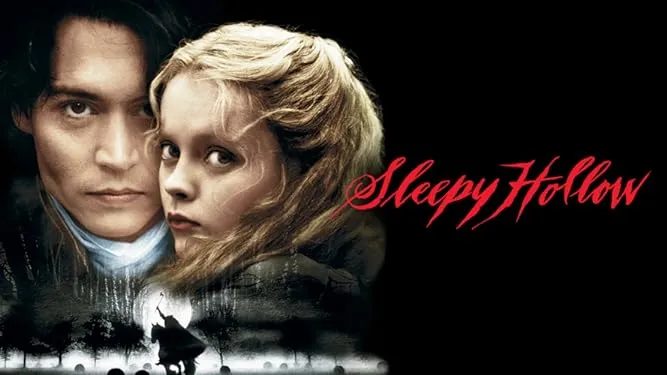High Art (1998)
High Art (1998) is a bold, emotionally complex indie drama that explores art, addiction, ambition, and love through the lens of a deeply intimate relationship between two women. Directed by Lisa Cholodenko in her feature debut, the film is a moody, atmospheric journey into the seductive but dangerous intersection of creative passion and personal vulnerability. Set in a gritty New York apartment, it tells the story of Syd, a young, ambitious assistant editor at a photography magazine, and Lucy Berliner, a reclusive, once-famous photographer who lives upstairs.
Syd stumbles into Lucy’s world by accident, but their connection is immediate. Syd is fascinated by Lucy’s raw talent, her enigmatic personality, and the wild energy that surrounds her—an atmosphere fueled by drugs, old fame, and a chaotic relationship with her German girlfriend, Greta, a former actress. As the two women grow closer—professionally and emotionally—Syd becomes entangled in a life far removed from her structured world, while Lucy, drawn to Syd’s sincerity and hunger, begins to confront long-buried artistic desires and emotional wounds.
The film thrives on subtle tension. It doesn’t offer easy answers or dramatic declarations, but instead lets desire simmer beneath the surface. The chemistry between Radha Mitchell (Syd) and Ally Sheedy (Lucy) is palpable and central to the film’s impact. Sheedy’s performance, in particular, is haunting—both fragile and commanding—earning her critical acclaim for portraying a woman torn between brilliance and self-destruction. Mitchell captures Syd’s transformation with quiet nuance, showing how attraction, admiration, and longing can blur into something both thrilling and dangerous.

Visually, High Art is understated but stylish. The cinematography mirrors the muted grays and shadows of Lucy’s apartment, reflecting both her internal state and the haze of addiction and lost ambition. The film is soaked in mood—every frame feels like part of a photograph, fitting for a story centered on visual artists.
But at its core, High Art is about the cost of inspiration. It asks: what are we willing to risk for beauty, love, or creative fulfillment? The film doesn’t romanticize addiction or pain but presents them as real, tangled parts of the artistic life. The ending is quietly devastating, offering no false hope—just honesty.
In conclusion, High Art is a slow-burning, emotionally rich film that explores the intersection of art and intimacy. It's a powerful study of how love and ambition can both elevate and destroy—and a defining moment in queer indie cinema.
-1751877625-q80.webp)


-1752112220-q80.webp)